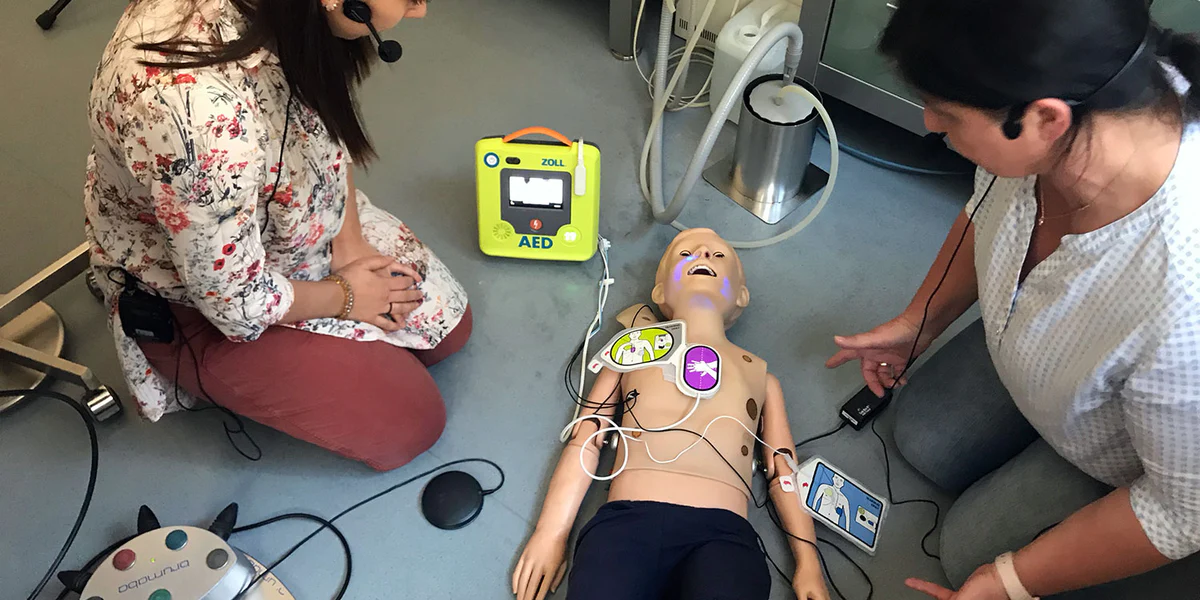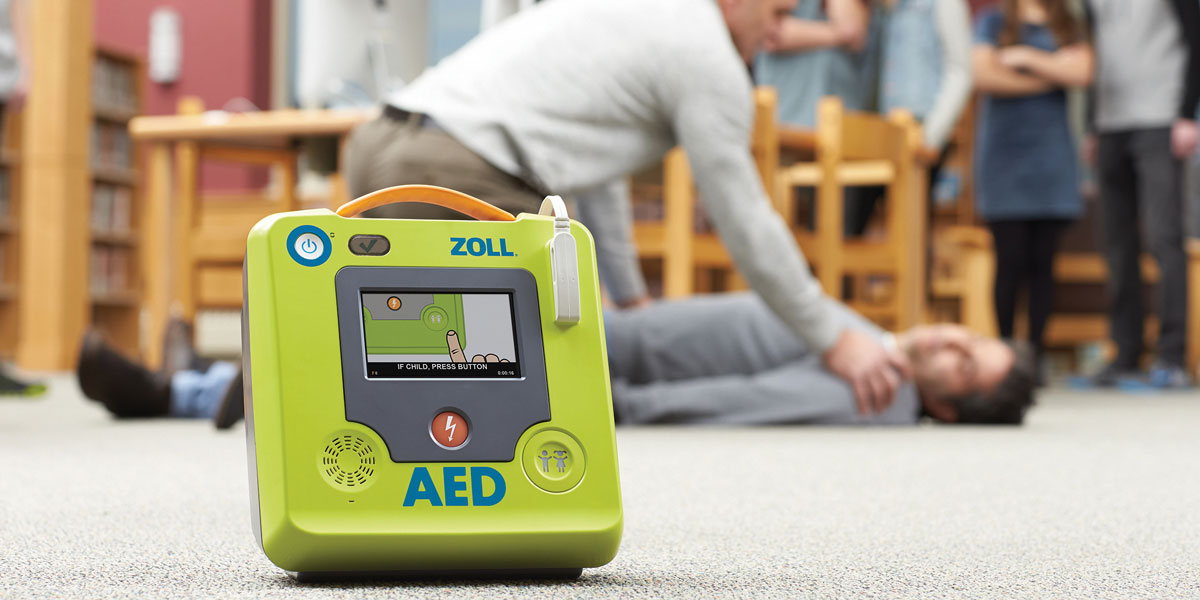In the realm of emergency medical interventions, few devices hold as much significance as defibrillators. These portable electronic devices have revolutionized the way we respond to cardiac emergencies, providing a critical lifeline for individuals experiencing sudden cardiac arrest (SCA). In this article, we will delve into the world of defibrillators, exploring their history, functionality, types, and the crucial role they play in saving lives during critical moments.
The Evolution of Defibrillators
The journey of defibrillators dates back to the early 20th century when Dr. Albert Hyman introduced the first closed-chest defibrillator in 1933. This device, however, was not widely adopted due to its invasive nature. It wasn’t until the 1960s that Dr. Bernard Lown and engineer Barouh Berkovits developed the first external, transthoracic defibrillator. This innovation marked the beginning of a new era in cardiac emergency care.
Functionality of Defibrillators
Defibrillators work on the principle of delivering an electric shock to the heart to restore a normal rhythm in cases of irregular or chaotic heartbeats, known as ventricular fibrillation or ventricular tachycardia. These life-threatening arrhythmias can lead to sudden cardiac arrest, a condition where the heart ceases to pump blood effectively.
The basic components of a defibrillator include electrodes, a control unit, and a power source. The electrodes are placed on the patient’s chest, and the control unit analyzes the heart rhythm. If a shockable rhythm is detected, the defibrillator delivers an electric shock to the heart, temporarily halting its activity. The hope is that, upon restarting, the heart will resume a normal rhythm.
Types of Defibrillators
- Automated External Defibrillators (AEDs): AEDs are user-friendly, portable devices designed for use by laypersons and first responders. They analyze the heart’s rhythm and, if necessary, provide audible instructions for delivering a shock. AEDs are commonly found in public spaces, including airports, schools, and shopping malls, increasing the chances of rapid intervention during a cardiac emergency.
- Manual External Defibrillators: These defibrillators are typically used by trained healthcare professionals, such as paramedics and emergency medical technicians (EMTs). Unlike AEDs, manual external defibrillators require the operator to interpret the heart rhythm and manually administer the shocks as needed.
- Implantable Cardioverter-Defibrillators (ICDs): ICDs are implanted directly into a patient’s chest, typically for individuals at high risk of recurrent life-threatening arrhythmias. These devices continuously monitor the heart’s rhythm and deliver shocks automatically if abnormal activity is detected.
- Wearable Defibrillators: Designed for temporary use, wearable defibrillators are worn on the body like a vest. They continuously monitor the heart and can deliver shocks if necessary. This option is often prescribed for individuals at risk of sudden cardiac arrest during their recovery from a heart attack or other cardiac events.
The Role of Defibrillators in Emergency Response
The prompt use of a defibrillator is crucial in improving the chances of survival for individuals experiencing sudden cardiac arrest. Time is of the essence, and each passing minute without intervention significantly reduces the likelihood of a positive outcome. The “chain of survival” concept emphasizes the critical steps in responding to a cardiac emergency:
- Early Recognition and Activation: Recognizing the signs of sudden cardiac arrest and activating the emergency response system immediately are the first links in the chain of survival.
- Early Cardiopulmonary Resuscitation (CPR): The second link involves initiating CPR to maintain blood circulation until a defibrillator is available.
- Early Defibrillation: The third link emphasizes the importance of early defibrillation. The use of a defibrillator within the first few minutes of cardiac arrest significantly increases the chances of restoring a normal heart rhythm.
- Advanced Life Support and Post-Cardiac Arrest Care: The final links involve advanced medical interventions and post-cardiac arrest care provided by healthcare professionals to optimize the chances of a successful recovery.
Public Access Defibrillation (PAD) Programs
To increase the accessibility of defibrillators and improve response times, many communities have implemented Public Access Defibrillation (PAD) programs. These initiatives involve strategically placing AEDs in public spaces, training community members in CPR and AED use, and raising awareness about the importance of rapid intervention during cardiac emergencies.
PAD programs aim to empower individuals with the knowledge and tools to respond effectively to sudden cardiac arrest, bridging the gap between the onset of the emergency and the arrival of professional medical assistance. The widespread deployment of AEDs in public areas has proven to be a game-changer in saving lives.

Challenges and Considerations
While defibrillators have undoubtedly transformed the landscape of emergency medical care, several challenges and considerations warrant attention:
- Training and Accessibility: Ensuring that individuals are trained in the proper use of AEDs is crucial. Additionally, enhancing the accessibility of AEDs in public spaces and promoting awareness about their locations can expedite their deployment during emergencies.
- Maintenance and Monitoring: Regular maintenance and monitoring of AEDs are essential to guarantee their functionality when needed. This includes checking battery levels, electrode pads, and overall device readiness.
- Integration with Emergency Services: Seamless integration of defibrillator use with emergency services is vital for a coordinated response. Emergency medical services (EMS) personnel should be alerted promptly, and the use of a defibrillator should be part of a broader emergency medical response plan.
- Community Engagement: Engaging communities in CPR and AED training initiatives fosters a culture of preparedness and responsiveness. Communities that are well-informed and trained become active participants in the chain of survival.
Conclusion
Defibrillators represent a groundbreaking advancement in emergency medical care, offering a lifeline to individuals experiencing sudden cardiac arrest. From their historical roots to the diverse types available today, defibrillators have become integral components of the “chain of survival.” With ongoing efforts to enhance public awareness, accessibility, and training, these devices continue to redefine the possibilities of survival in the face of one of the most time-sensitive medical emergencies. As technology evolves and communities become better equipped, defibrillators will remain steadfast in their mission to save lives and uphold the principles of rapid, effective, and coordinated response in critical cardiac situations.
Tags: Defibrillators
